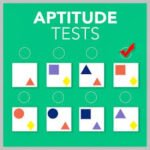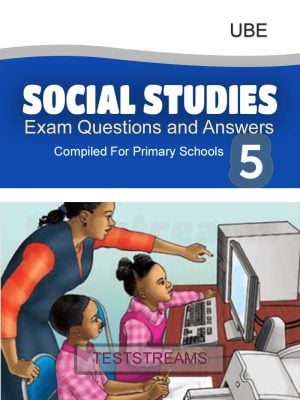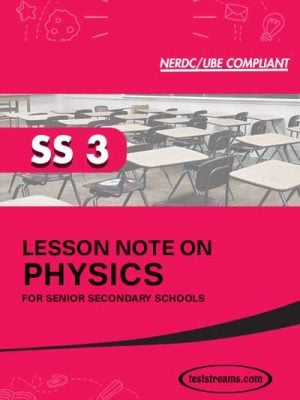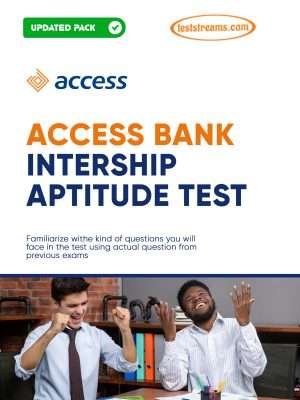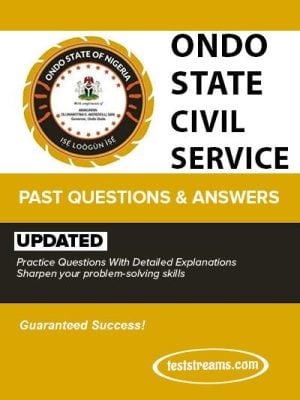Kennedia Consulting Aptitude test Past questions [Free – PDF Download]
Unlock your potential and enhance your chances of success at Kennedia Consulting with the Kennedia Consulting Aptitude Test Past Questions. This valuable resource provides you with insights, practice, and a competitive advantage to excel in the assessment process.
Can you ace these Kennedia Consulting Aptitude test Past questions? Start honing your skills with some past questions practice and get a preview of what you can expect on test day.
We pulled these Kennedia Consulting job questions from our study pack Kennedia Consulting Job Aptitude test Past questions Each sample question includes correct answers, so you can see how to crack it!
About Kennedia Consulting
We redefine teamwork with our network of over 200+ specialists in every field and an ever-growing network of affiliates and outsourced staff in every industry, working hand in hand to deliver excellence at every opportunity.
Our services include Outsourcing, Recruitment, Learning and Development, Business Advisory, Accounting, and Taxation Services. Our hands-on approach sets us apart as it yields solutions that are affordable, adaptable, and detailed in Technology, Oil & Gas, Banking and Finance, Technology, Telecommunications, FMCG, SMEs, etc.
We provide a foundation for businesses that want to move to the next level, innovate and reinvent, SMEs, and individuals looking to grow themselves and their careers.
Sample Kennedia Consulting Job Aptitude Test Past Questions and answers
Numerical Reasoning
1. What will come in place of question mark in the following equation?
57/67 × 32/171 × 45/128 =?
A. 15/262
B. 15/268
C. 15/266
D. 17/268
E. None of these
ANSWER: B
EXPLANATION
57/67×32/171×45/128=57×32×4567×171×128=15268
2. What approximate value will come in place of question mark (?) in the following question? (You are not expected to calculate the exact value)
[(7.99)2 – (13.001)2 + (4.01)3] 2 = ?A. -1800
B. 1450
C. -1680
D. 1681
E. -1450
ANSWER: D
EXPLANATION
Since we want to find out approximate value,
So we can write these values to their nearest integers.
Given expression is –
[(7.99)2 – (13.001)2 + (4.01)3] 2 = ?⇒ ? ≈ [82 – 132 + 43]2
⇒ ? = [64 – 169 + 64]2
⇒ ? = [- 41]2
⇒ ? = 1681
3. Select the correct plural form for the given word
Radius
A. Radiuses
B. Radii
C. Radiis
D. Radia
E. None of the above
ANSWER: B
EXPLANATION
The plural of ‘radius’ is ‘radii’. One cannot always apply the rule of adding an ‘s’ to change from singular to plural.
4. Select the correct plural form for the given word:
A. Thief
B. Thiefs
C. Thief
D. Thieves
E. Thievs
None of the above
ANSWER: C
EXPLANATION
The plural of ‘thief’ is ‘thieves’. One cannot always apply the rule of adding an ‘s’ to change singular to plural. For words ending with f, the rule is usually to change the f to- ves.
5. Directions: In the following question choose the set of numbers from the four alternative sets that is similar to the given set.
Given set: (10, 14, 17)
A. (4, 11, 14)
B. (9, 12, 15)
C. (8, 13, 18)
D. (6, 9, 12)
E. None of these
ANSWER: A
EXPLANATION
The pattern followed in (10, 14, 17) is:
Sum of all the numbers = 10 + 14 + 17 = 41 which is a prime number.
Now we will check for given sets,
(4, 11, 14) → 4 + 11 + 14 = 29
(9, 12, 15) → 9 + 12 + 15 = 36
(8, 13, 18) → 8 + 13 + 18 = 39
(6, 9, 12) → 6 + 9 + 12 = 27
Here 29 is the only prime number.
Hence (4, 11, 14) is the correct answer.
Note: A prime number is the number which is divisible by 1 and itself else all are composite numbers.
Verbal Reasoning
1. Pick out the most effective words from the given words to fill in the blank to make the sentence meaningfully complete.
You ______ when I ________ the television yesterday at eight p.m.
A. were telephoning, watched
B. was telephoning, was watching
C. had telephoned, was watched
D. telephoned, was watching
E. telephones, watched
ANSWER: D
EXPLANATION
For the first blank, simple past tense should be used and for the second, past continuous tense should be used. When simple past tense is used with past continuous tense in a sentence, simple past is used for a short action and past continuous is used for the relatively longer action. (eg, I was sleeping when the alarm rang – sleep is a long action, alarm ringing is a short action). Past continuous is used to express action that began in a particular moment in the past. Simple past tense is used for an action that began and ended in the past. Telephoning is a shorter action than watching television, so the correct option would be ‘telephoned’ for the first blank and watching television is a longer action, so the past continuous form of watching, ‘was watching’ will be used in the second blank.
2. Statement: The conference has been postponed due to unforeseen circumstances.
Inference: The conference will not take place on the originally scheduled date.
A) True
B) False
Answer: A) True
Explanation: The statement clearly indicates that the conference has been postponed. Postponing means that the event will not take place on the originally scheduled date.
3. Statement: All birds have feathers.
Inference: Feathers are found only on birds.
A) True
B) False
Answer: B) False
Explanation: The statement states that all birds have feathers, but it doesn’t necessarily mean that feathers are exclusive to birds. Other animals might also have feathers.
4. Statement: The movie received rave reviews from critics.
Inference: The movie will be a box office hit.
A) True
B) False
Answer: B) False
Explanation: While the movie received positive reviews from critics, this doesn’t guarantee its success at the box office. Positive reviews don’t always translate to high ticket sales.
![Kennedia Consulting Aptitude Test Past Questions [free - Pdf Download] Kennedia Consulting Aptitude Test Past Questions [free - Pdf Download]](https://teststreams.com/blog/wp-content/uploads/2022/04/kennedia-3-211x300.jpg)

![Kennedia Consulting Aptitude Test Past Questions [free - Pdf Download]](https://teststreams.com/wp-content/uploads/2024/11/kennedia-wb.jpg)



